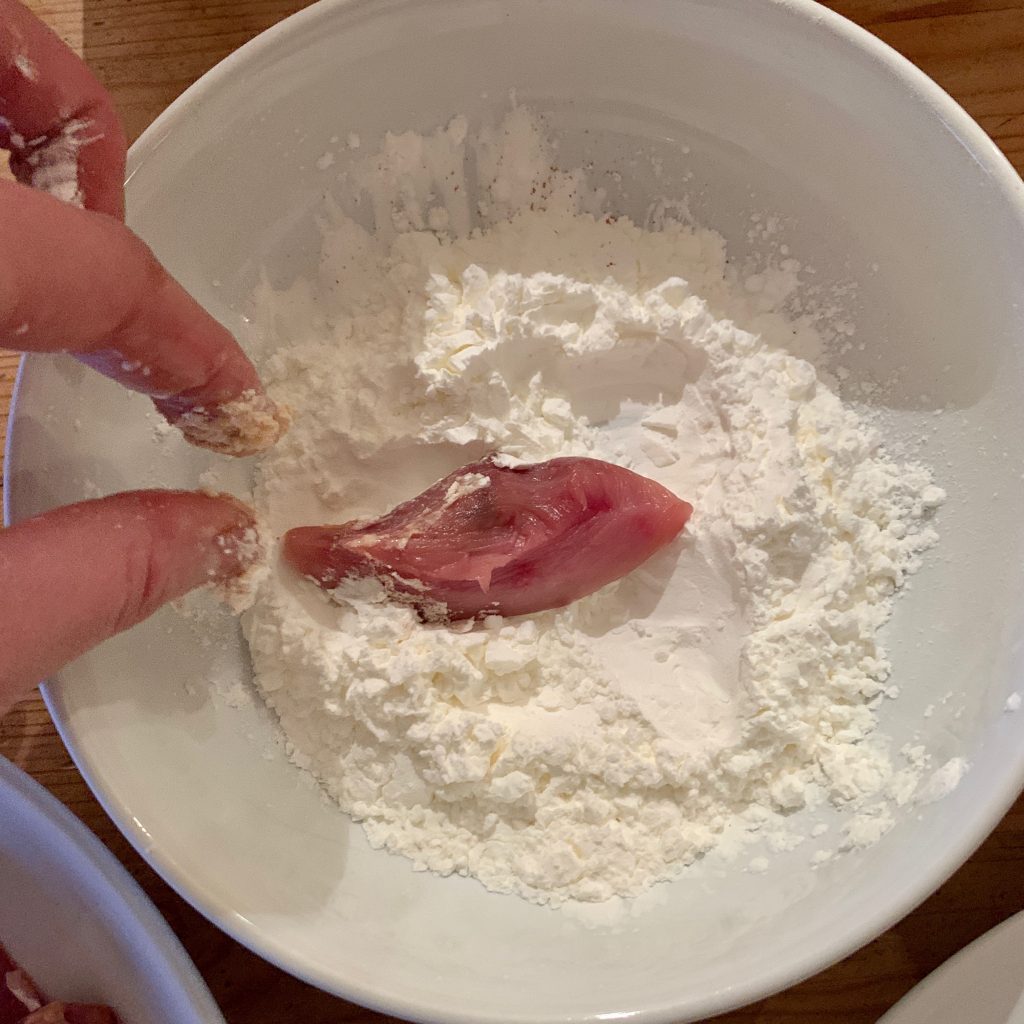Chinese New Year – also known as the Spring Festival, welcomes spring and what it brings along: new life, plantings, harvests and fresh starts. It is also a celebration of the Lunar New Year and therefore is on a different day every year as it is based on the movement of the moon. This year we celebrate Chinese New Year on Friday 12th February – the year of the Ox.
It was originally a ceremonial day to pray to gods for a good planting and harvest season (I’m sure a lot of the country girls do that also!)
Food plays a big part in the Chinese New Year festivities. Every region and even households have different customs however there is a general theme/set of dishes which are said to bring good luck in the coming year with each one holding a different meaning.
Spring rolls, Dumplings, Noodles, Steamed fish, Steamed chicken, Nian Gao (rice cake), Vegetable dishes
I, like many LOVE Asian cuisine. I’ve been lucky enough to travel to Sri Lanka, Singapore and Thailand already in life and would love to expand on my Asian adventures in the future. I often try and cook dishes based on Asian flavours and dishes. I find a lot of game meat is often prepared in an “English” way – e.g. roasts, pies, served as good ol’ “meat and veg”. So, I absolutely love trying to incorporate game meat into other cuisines.
FACT: Did you know pheasants originate from Asia!
There are several breeds still seen frequently today in various regions/countries. The most common breed we know of and see throughout our gorgeous countryside, the “Ring Necked Pheasant” was said to have been introduced into Europe by the Romans and possibly arriving in the UK by the Normans in the 11th century.
I decided to try and mix together some of my favourite flavors and see what we could come up with. Unfortunately, we’ve had a very short 20/21 shooting season so haven’t been able to fill my freezer to the max, however, I was lucky enough to stock up the freezer with some birds before it was too late.

Recipe below feeds 2 people, adjust where necessary
Ingredients
Crispy pheasant in a sticky Chinese inspired sauce:
Pheasant
- 4 Pheasants breasts
- 2 Eggs, beaten
- 140g plain flour
- 4 Tbsp cornflour
- 1 Tsp paprika
- 1 Tsp garlic powder
- Salt and pepper
- 5 Tbsp vegetable oil
Sticky Sauce
- 1 Tbsp sesame oil
- 2 Garlic cloves, minced
- 1 Tbsp Shaoxing Chinese rice wine
- 2 Tbsp honey
- 2 Tbsp sweet chili sauce
- 3 Tbsp ketchup
- 2 Tbsp brown sugar
- 4 Tbsp dark soy sauce
Pak Choi in a garlic and soy sauce
- 4 Pak choi (2 if big in size), separated into leaves
- 4 Spring onions, sliced
- ½ Cup water
- 2 Tbsp Shaoxing Chinese rice wine
- 2 Tbsp light soy sauce
- 1 Tbsp dark soy sauce
- 1 Tbsp sugar
- 1 Tsp sesame oil
- 4 Garlic cloves, minced
- 1 Tbsp cornflour mixed with 2 tbsp water
- Optional chili to taste (I used 1 tsp of easy chili)
- Vegetable oil
Notes
- I defrosted 6 pheasant breasts and trimmed down to leave the good meat and we still had some left over after eating – so I think 4 good breasts would be suffice
- Try and buy Shaoxing Chinese rice wine for the recipe. (I got it from Amazon, but it is found in some supermarkets in the Asian isle) You can use alternatives such as a dry sherry or Mirin (a Japanese sweet cooking wine) however you may need to reduce the sugar in the recipe as it is quite sweet – However, don’t use rice wine vinegar as these aren’t interchangeable
- A top tip is to prep everything before you start cooking as with most Asian dishes once you get going it is quick! My kitchen looked as if a bomb had hit with the number of bowls and sauces lying about (my other half wasn’t impressed! Haha!)
- I was planning to use tender stem broccoli however the shops had sold out – you can easily swap the Pak Choi for broccoli if desired.
Method
- Turn the oven on low (this will just be used for warming)
- Bring a pan of water to the boil for the rice
- Mix together the sticky sauce ingredients in a bowl and place to one side
- Mix together the garlic and soy sauce for the Pak Choi in a bowl and place to one side (leave the oil, pak choi and spring onions to one side)
- Cut the pheasant breasts into bite-sized strips
- Heat the 5 tbsp vegetable oil in a wok/large frying pan until very hot
- Get three bowls: place the eggs in one, cornflour in another and mix the flour, paprika, garlic powder and salt & pepper in the third.

- Dredge the pheasant in cornflour, then coat in the egg and then into the seasoned flour mixture – place on a plate as you do the rest.



- Add the pheasant to the hot wok/large frying pan and cook for around 6-7minutes turning occasionally until well browned. You may find it easier to do it in two batches so the meat has enough space to cook
- Whilst the pheasant is cooking – cook the rice as per packet instructions (75g per person for 10-12minutes for my Thai Jasmin rice) – make sure you rinse the rice with cold water before putting it into the pan of boiling water. When cooked, drain and rinse the rice in boiling water then place the drained rice back into the saucepan with the lid on until ready to serve (this helps with added “stickiness”)
- Once the pheasant has cooked, place it into a dish lined with a kitchen roll to remove excess oil
- Then take off and place directly onto a wire/grilling rack (which is on top of a tray to catch the drips) and place in the low oven – this ensures it stays warm and crispy whilst you cook the rest of the dish
(Tip: Don’t wash up your pheasant pan you will need this later on)


- Add a dash of vegetable oil to another wok/frying pan
- Once hot add in the spring onions and pak choi leaves and cook for 2/3 minutes
- Once vibrant green and charred in spots add in the garlic and soy sauce mix. Bring this to the boil and then let it simmer until the sauce has thickened.
- Put the pheasant pan back on the heat and add the sticky sauce mix. Bring to a boil and then stir on high heat until the sauce has thickened and reduced by about a third (around 2/3 minutes)
- Remove the pheasant strips from the warming oven and place them into the thickened sticky sauce. Toss and coat in the sauce for 1-2minutes.


- To serve I put the sticky rice into a mold (I used a cup measure) and then placed it onto the plate into a mound. Arrange the sticky pheasant next to the rice. I served the Pak Choi in a serving dish
… And enjoy!
This is definitely going to start featuring at dinner times regularly in our house. Next time I am going to try it with venison.
I hope you enjoy it and let me know when you’ve given it a go, I can’t wait to see your recreations!

Written by Millie Clarke
